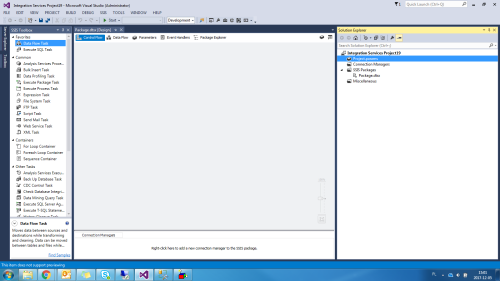Sep 28, 2020 In this tech-recipe post, we will review and learn to execute SQL files using SQLCMD. Moreover, saving the output log of executed SQL files for future references. Save the file with a T-SQL statement as a.SQL file. Make sure it contains a GO keyboard at the end of the script file to indicate the end of the batch statement. Using the command line we can run or execute any SQL scripts file with SQL Server Management Studio(SSMS) step to step Step 1: Please below my Example, copy the following code and and paste into the notepad it as save Product.sql file under the C: SQLScripts folder. VBScript does not 'execute' files. This would be bad. Any website you visited could then potentially 'execute' any file on your computer. In VB you can use the Shell command. I use.SQL files as well, which are pretty much query files to our SQL Server. What are you tryign to accomplish here? Can I install File Sight v7.1.1.54 on SQL 2016? You give us an option to use SQLite or others database in File Sight. What the schema of the database? Powershell Execute Script Action. Using SQL server. How to Monitor SQL Server (Link is broke is your webpage) powershell action script not firing when tested against certain servers.
Usually, when we run SQL scripts, it is done on an ad hoc basis. We usually run one file at a time just once. From time to time there is the need to run a set of SQL script files. One common reason I’ve seen for doing this is to rebuild a database for testing. If you had all of your create tables/stored procedure commands stored in a series of SQL script files, then you could rebuild your database fairly easily by executing the SQL files in sequence.

Vbscript Execute Sql File
SQL Server provides a tool to do this called SQLCMD.
The sqlcmd utility lets you run entire SQL script files full of t-sql via command prompt. Leveraging this tool, you can create a batch file to run the sql script files in sequence.
How To Execute A SQL Script File Via Command Prompt With SQLCMD
Although there are TONS of command line options for executing a sql script. Just executing a sql script file with the basic options is very easy.
The above command uses the -i option to specify the input file of DropTables.sql. Everything inside this file will be execute on the current database.
NOTE: When you create your SQL script files, I always recommend putting a USE statement at the top of your script. This will ensure that you are using the correct database when your dropping and creating tables.
Run A Batch Of SQL Script Files
Now that you know how to run one SQL script file… running multiple should be easy. All you need to do is create a batch file and run one script after the other.
Your batch file will look something like this:
2 4 | SQLCMD/i'c:scriptsCreateTables.sql' PAUSE |
What About Errors?
So what happens if the SQL script file throws an error? The above commands I showed you will just ignore any errors. If you want to capture your errors, you need to add the command line option /b. This flag will tell the sqlcmd utility to stop processing the script and output a DOS ERRORLEVEL value. You can then check the DOS ERRORLEVEL value after each execution.
2 4 6 8 | IF%ERRORLEVEL%>(PAUSE) SQLCMD/i'c:scriptsCreateTables.sql'/b IF%ERRORLEVEL%>0(PAUSE) |
Vbscript To Run .sql File L File In Sqlplus Cmd
Reference: http://msdn.microsoft.com/en-us/library/ms162773.aspx
Comments are closed.